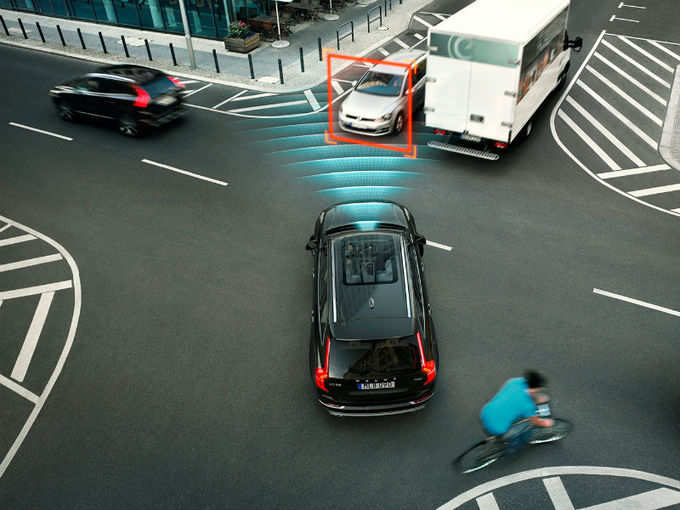 Automated cars don't drink and drive, sleep while driving, text on the phone or put on makeup while driving. With their sensors and processors, they navigate roads with none of these human failings that can result in accidents.
Automated cars don't drink and drive, sleep while driving, text on the phone or put on makeup while driving. With their sensors and processors, they navigate roads with none of these human failings that can result in accidents.However, there is something
The problem is...
Modern vehicles, even those without self-driving
Amidst busy traffic, a ball bobs into the road, sought after by two running children. On the off chance that a self-driving car's lone options are to hit the children or steer right and strike a telephone pole, possibly harming or killing the car's occupants, what does it do? Will it give priority to the pedestrians or the passengers?
Engineers are facing questions like these as they fabricate self-driving technology. At the point when a crash is inevitable and a human is at the wheel, the result is a spontaneous reaction — a decision the driver needs to make in a brief moment. But in a car controlled by algorithms, it is a decision predetermined by a programmer.
Self-driving cars use radar, lasers and HD cameras to output roads for impediments, and the images they produce are surveyed by powerful processors to identify pedestrians, cyclists and different vehicles. Be that as it may, potholes are difficult to spot. A black spot on the road ahead could be a pothole. Then again oil spot. Even a filled-in pothole. How is it to differentiate between a shadow and a pothole?
This is one of the greatest issues confronting the organizations attempting to grow completely independent cars, and for the present, there's not a single concrete solution to be seen.